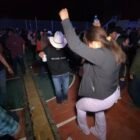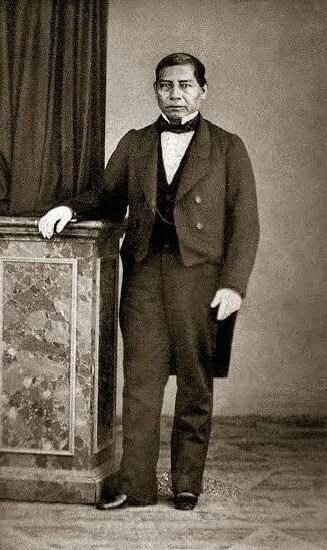Don't miss...
Benito Juarez
Overview: Benito Pablo Juárez García was born on March 21, 1806 in a town called San Pablo Guelatao, Oaxaca, Mexico. He was a Mexican politician, military commander, and lawyer who served as the 26th president of Mexico. As a Zapotec indigenous decent, he was the first Indigenous president of Mexico and the first democratically elected
Catedral Metropolitana de Oaxaca
The Catedral Metropolitana de Oaxaca, known as Nuestra Señora de la Asunción, has a rich history dating back to the 16th century. Its construction began in 1536 and was completed in 1733, making it one of the most prominent examples of colonial architecture in Mexico. The cathedral is built in the Baroque style and features
Árbol del Tule
Tulé, or Tule, is a small town in Oaxaca, Mexico, famous for its ancient cypress tree known as “El Árbol del Tule.” This tree is one of the oldest and widest trees in the world, estimated to be over 2,000 years old. The tree’s circumference is about 42 meters (137 feet), and it’s a significant
Hierve el Agua Attraction
Hierve el Agua is not only a stunning natural site but also rich in history and cultural significance. Located in the mountains of Oaxaca, Mexico, it features unique rock formations that resemble waterfalls, formed over thousands of years from mineral rich water flowing from the springs. The name “Hierve el Agua,” meaning “the water boils,”
THE MIXTEC DIALECT AND HISTORY
According to my studies and experiences with the Mixtec language, there are over 30-50 varieties and dialects of Mixtec throughout the Mixtec region, which includes Oaxaca, Guerrero, and Puebla. Mixtec is not a single, uniform language but rather a collection of dialects, each with its own unique features. These dialects can be so distinct that
CHILENA MIXTECA
Published by Edwin Sanchez Juarez The clip above showcases a dance style or genre called Chilena. I recorded this clip in June 2022 during the festival “El 24 de Junio” in San Juan Mixtepec, Oaxaca, Mexico. According to my research and personal experience coming from a mixteco family, the Chilena Mixteca is a traditional music
CHÍLOLO DANCING
According to my research, there are many stories behind the Chílolo dancing culture. The Chílolo dance goes by different names across the Mixtec region, including regions like Guerrero. Each version has its own unique story. However, the name Chílolo is most commonly associated with the Oaxaca region. The Chílolos are part of a traditional dance
ÑUU SAVÍ
PEOPLE OF THE RAIN Ńuu Savi, also known as the Mixtec language, holds profound cultural and historical significance for the Mixtec people, an indigenous group primarily residing in the Mexican states of Oaxaca, Puebla, and Guerrero. According to my research, the term “Ńuu Savi” translates to “Rain People” or “People of the Rain,” reflecting the
Archives
Calendar
| M | T | W | T | F | S | S |
|---|---|---|---|---|---|---|
| 1 | 2 | 3 | 4 | 5 | 6 | 7 |
| 8 | 9 | 10 | 11 | 12 | 13 | 14 |
| 15 | 16 | 17 | 18 | 19 | 20 | 21 |
| 22 | 23 | 24 | 25 | 26 | 27 | 28 |
| 29 | 30 | 31 | ||||











